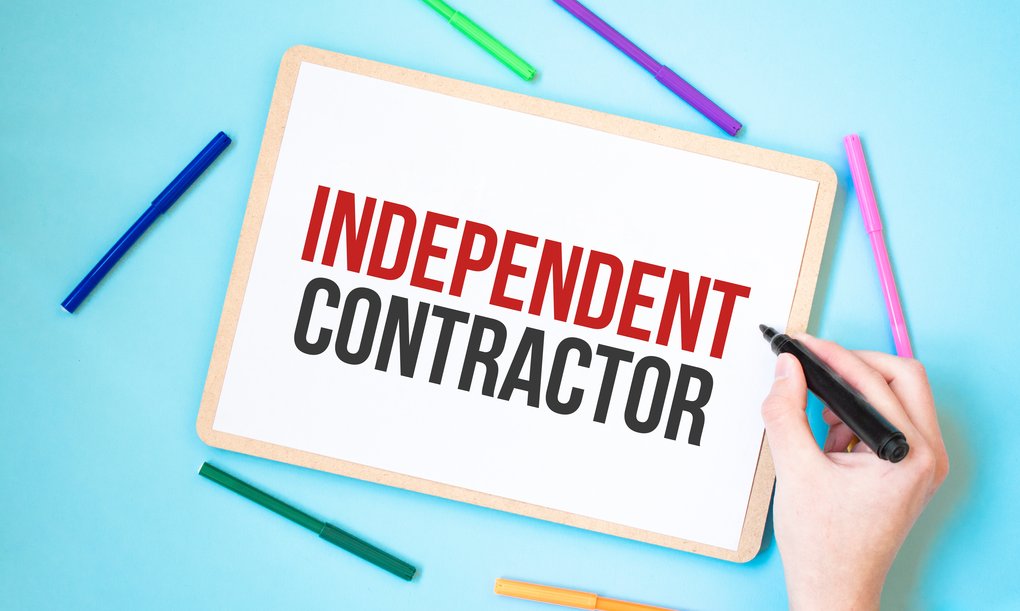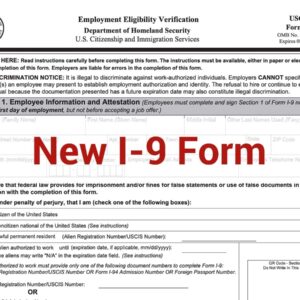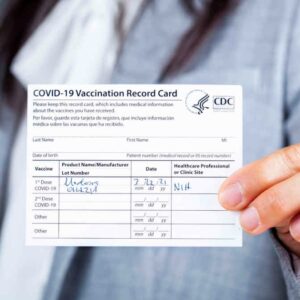Description
Learn How Misclassifications Can be a Legal Nightmare for Employers!
Recent developments at the National Labor Relations Board (NLRB) and the U.S. Department of Labor’s Wage and Hour Division (DOL) could make it more difficult for businesses to classify workers as independent contractors. On January 6, the NLRB and the DOL announced that they entered a Memorandum of Understanding which provides for and encourages interagency cooperation through “information sharing, joint investigations and enforcement activity, training, education, and outreach.” In a separate press release, the NLRB stated that the Memorandum of Understanding “will allow for better enforcement against… misclassification of workers as independent contractors.”
Businesses that use independent contractor work would do well to pay attention to the news out of Washington, D.C., because on Oct. 11, the U.S. Department of Labor (DOL) announced its long-awaited proposed rule on contractor classification. The proposed rule would impose a six-factor “economic reality test,” with all the factors equally weighted. The six-factor test would look broadly at the “totality of the circumstances” to determine whether a worker is an independent contractor or employee under the Fair Labor Standards Act (FLSA).
According to the DOL press release, the proposed rule provides a framework more consistent with existing judicial precedent than the current rule, which was promulgated by the prior administration. Indeed, the proposed rule expressly rescinds the currently applicable rule. The public has 45 days to comment on the proposed rule once it is printed in the Federal Register on Oct. 13.
Why should you attend?
These developments at the DOL and the NLRB could mean trouble for employers that misclassify workers as independent contractors. For example, an NLRB investigation of an unfair labor practice that leads to the conclusion that certain workers have been misclassified as employees could lead to the DOL finding a company is liable for unpaid overtime and minimum wages.
Considering this heightened scrutiny and potential narrower legal standard, it is now more important than ever to evaluate how companies structure an independent contractor relationship. It is particularly important for employers to seek guidance from experienced counsel when developing and implementing policies related to working with independent contractors.
As the DOL, the IRS, the NLRB, and various other federal and state agencies have their own tests for determining independent contractor vs. employee status for various reasons, employers have a keen interest in staying apprised of the developments in this area of employment law.
Session Highlights:
- Learn why the DOL and NLRB working together on this workplace issue
- Learn what other regulatory agencies are creating their own version of Independent Contractor rules
- Learn what are the several rules that Employers need to follow to stay compliant with classification
- Learn what the “proposed rules” include and which proposal can make challenges for Employers and agents of employers like professionals involved in employee relations
- Learn what the penalties are for violating classification regulations by the DOL, NLRB and IRS
- Learn what the best practices are when classifying employees vs independent contractors
- Learn how Employers and Professionals can provide their feedback before the regulations are in place
- Learn how long Employers have to put the new rule in place
- Learn how Employers can effectively mitigate the proposed regulations
- Learn how the regulatory agencies have added classification of Exempt/Non-Exempt as part of their classification audits for 2023
Who should attend?
- All Employers
- Business Owners
- Company Leadership
- Compliance professionals
- Payroll Administrators
- HR Professionals
- Managers/Supervisors
- Anyone Interested in Being Compliant with Current Regulations


 Margie Faulk
Margie Faulk



